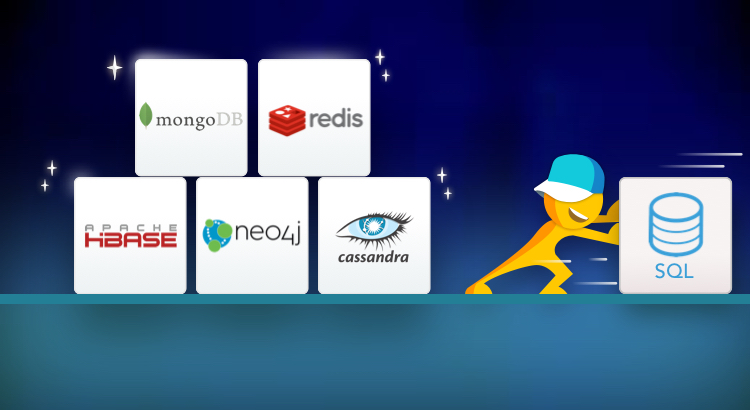- Graph database: Data is stored as graphs, which helps efficiently represent and analyze interrelations in data.
- Document database: Data is treated as documents with different structures. Enables easy retrieval and provides high availability.
- Columnar database: Data is stored as columns rather than rows. Reduces I/O by selectively searching columns.
- Key-Value Stores: Data is stored as key-value pairs and they help quickly look up a list of things with unique identifiers.
The connected world may be shrinking by the day, but the digital universe is expanding at a mind-boggling rate. Organizations now handle data in the range of terabytes and petabytes. This data looks nothing like what RDBMS traditionally dealt with. New distributed databases, known by the umbrella term NoSQL, help in the efficient handling of this unstructured and scaling data.
Each of the below NoSQL categories have their distinct use cases.


